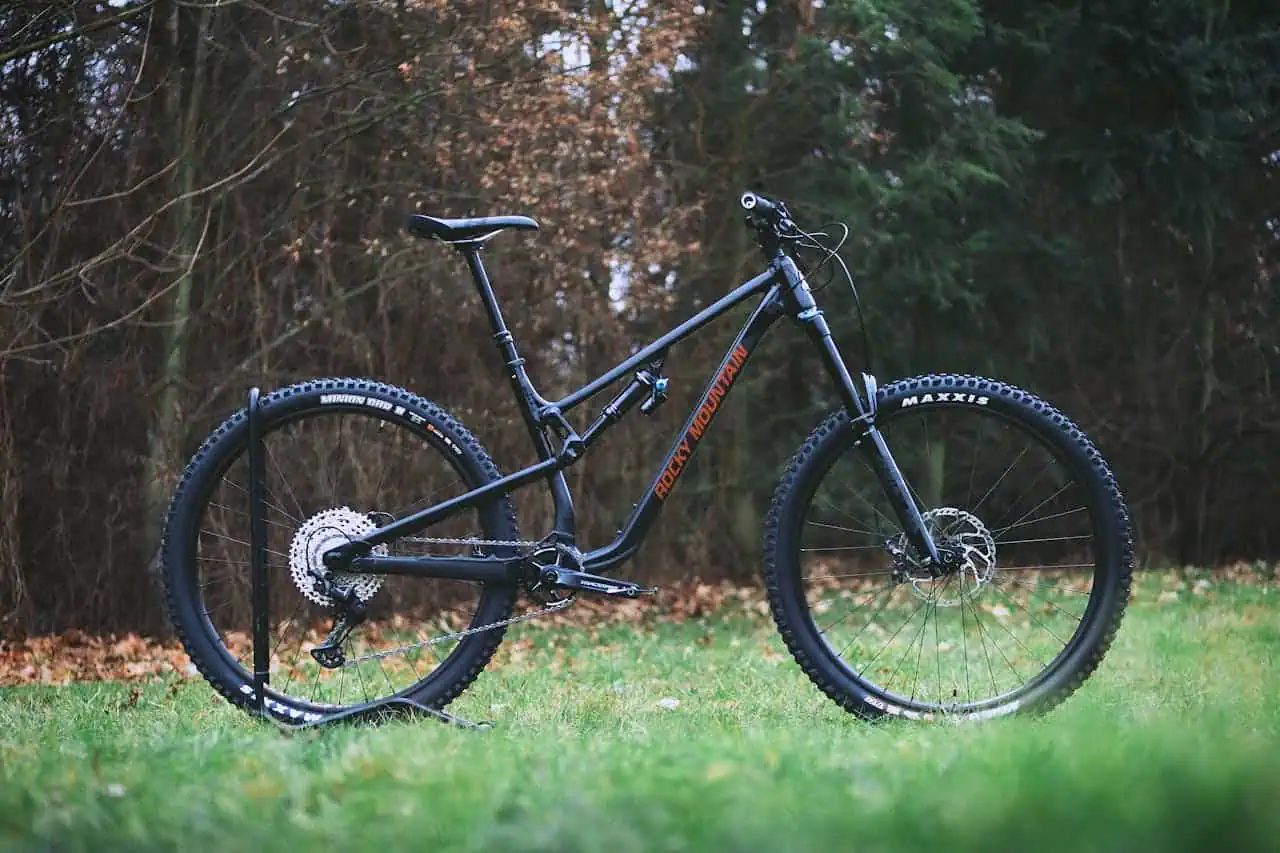Schwinn, an iconic name in cycling, has been a staple in the biking community for decades, known for its high-quality bicycles that cater to riders of all levels. One of the most critical components of any bike is its hub—the central mechanism that connects the wheel to the frame, ensuring a smooth and reliable ride. Understanding how this essential part works can be a game-changer for bike enthusiasts, especially when it comes to repairs and maintenance.
An exploded view diagram of a Schwinn bike hub offers a detailed visual breakdown of the hub’s components, showcasing how each piece fits together. Whether you’re a seasoned cyclist or a DIY repair enthusiast, this guide provides everything you need to know about Schwinn bike hubs, from their components and functions to troubleshooting and maintenance.
What is a Bike Hub?
At its core, a bike hub is the central part of the wheel assembly, connecting the rim and spokes to the bike frame. It is a crucial component that enables smooth wheel rotation and supports the rider’s weight. Hubs are categorized into two types:
- Front Hubs: Found in the front wheel, primarily supporting the bike’s steering and movement.
- Rear Hubs: Located in the back wheel, these often include mechanisms for pedaling and gear shifting.
Additionally, hubs come in various designs:
- Freewheel vs. Freehub Systems: Freewheels have the gear mechanism integrated into the cogset, while freehubs house this mechanism within the hub itself.
- Internal Gear Hubs: Encased systems providing multiple gears within the hub, commonly used in city or commuter bikes.
For Schwinn bikes, hubs are engineered for durability and performance, reflecting the brand’s commitment to quality. Understanding the intricacies of these hubs can enhance your cycling experience and extend your bike’s lifespan.
Components of a Schwinn Bike Hub
An exploded view diagram of a Schwinn bike hub provides a clear picture of its components and how they work together. Here’s a detailed breakdown:
- Hub Shell: The outer casing that houses the internal parts. It connects to the wheel’s spokes through flanges.
- Axle: The central rod running through the hub, securing it to the bike frame via dropouts.
- Bearings: Small metal or ceramic balls that allow the hub to rotate smoothly. Bearings can be loose or housed within cartridges.
- Spokes and Flanges: The flanges on the hub shell anchor the spokes, which connect to the wheel rim for stability.
- Seals and Dust Caps: Protective elements that prevent dirt, water, and debris from entering the hub and damaging its internal parts.
- Freehub or Freewheel Mechanism: Found in rear hubs, this component facilitates gear shifting and coasting.
- End Caps: These secure the axle and bearings within the hub assembly.
Each of these parts plays a vital role in ensuring the hub operates efficiently, making it critical to understand their functions and interconnections.
Exploded View Diagram: Understanding Its Importance
An exploded view diagram visually represents the hub’s components, arranged as if “exploded” outward to reveal every detail. This type of diagram is invaluable for:
- DIY Repairs: Identifying parts that need replacement or adjustment.
- Maintenance: Pinpointing wear and tear in specific components.
- Customization: Visualizing how to modify or upgrade the hub.
For example, if your bike’s wheel rotation becomes rough, the diagram can guide you to inspect the bearings or seals for damage. This clarity simplifies troubleshooting, saving time and effort.
Common Issues with Schwinn Bike Hubs and How to Fix Them
Schwinn hubs are designed for durability, but like any mechanical part, they can develop issues over time. Here are some common problems and their solutions:
- Noisy or Rough Rotation
- Cause: Worn-out or dirty bearings.
- Solution: Clean the hub thoroughly and replace the bearings. Use the exploded view diagram to disassemble and reassemble correctly.
- Wheel Wobble
- Cause: A loose or bent axle.
- Solution: Tighten the axle or replace it if necessary. Ensure the hub’s alignment is accurate using the diagram for reference.
- Gear Skipping
- Cause: Damaged freehub or freewheel mechanism.
- Solution: Inspect and clean the mechanism. Replace it if needed, following the diagram for precise part placement.
- Seized Hub
- Cause: Lack of lubrication or internal corrosion.
- Solution: Disassemble the hub, clean all parts, apply fresh grease, and reassemble.
These solutions highlight the value of an exploded view diagram for identifying and resolving issues effectively.
Where to Find Schwinn Bike Hub Exploded View Diagrams
Accessing an exploded view diagram for your Schwinn bike hub can simplify repairs and maintenance. Here’s where you can find them:
- Schwinn’s Official Website: Many user manuals include detailed diagrams.
- Online Biking Communities: Forums like BikeForums.net or Reddit’s cycling subreddits often share resources.
- YouTube Tutorials: Visual guides often feature step-by-step instructions.
- Repair Manuals: Available at bike shops or online, many third-party repair guides include exploded diagrams.
Tools and Materials Needed for Schwinn Hub Maintenance
To work on your Schwinn bike hub, you’ll need specific tools and materials:
- Tools:
- Cone wrenches
- Hex keys
- Spoke wrenches
- Bearing press (if using cartridge bearings)
- Materials:
- Grease
- Cleaning solvent
- Replacement parts (bearings, seals, etc.)
- Optional: A torque wrench to ensure precise tightening.
Using the exploded view diagram, you can ensure that all tools and parts are used correctly during disassembly and reassembly.
Preventative Maintenance Tips for Schwinn Bike Hubs
Preventative maintenance can prolong the life of your Schwinn bike hub. Here are some tips:
- Regular Cleaning and Lubrication
- Remove dirt and old grease from the hub.
- Apply fresh grease to the bearings and seals.
- Inspect for Wear and Tear
- Check bearings, seals, and the axle for signs of damage.
- Replace worn parts promptly.
- Store Properly
- Keep your bike in a dry, sheltered area to prevent rust.
- Routine Servicing
- Schedule professional tune-ups annually for thorough checks.
These simple steps can help maintain optimal hub performance, ensuring a smoother ride.
Frequently Asked Questions
Q1. Where can I find a Schwinn bike hub exploded view diagram for my specific model?
Visit Schwinn’s official website or consult your bike’s user manual.
Q2. Can I use a generic hub diagram for repairs?
While generic diagrams may offer insights, it’s best to use a model-specific diagram for accuracy.
Q3. What’s the lifespan of a Schwinn bike hub with proper maintenance?
With regular care, a Schwinn hub can last 5-10 years or more, depending on usage.
Q4. How often should I service my bike hub?
Service the hub every 6-12 months, or more frequently if you ride in harsh conditions.
Conclusion
Schwinn bike hubs are marvels of engineering, providing reliable performance for cyclists of all levels. Understanding their components and using an exploded view diagram can make maintenance and repairs far less daunting. By following this guide, you’ll not only keep your bike running smoothly but also extend its lifespan, ensuring many more enjoyable rides.
Call to Action
Have questions or tips about maintaining Schwinn bike hubs? Share them in the comments below! Don’t forget to subscribe to our blog for more biking tips and repair guides. If you’re ready to tackle hub maintenance, check out our recommended tools and parts to get started today.



